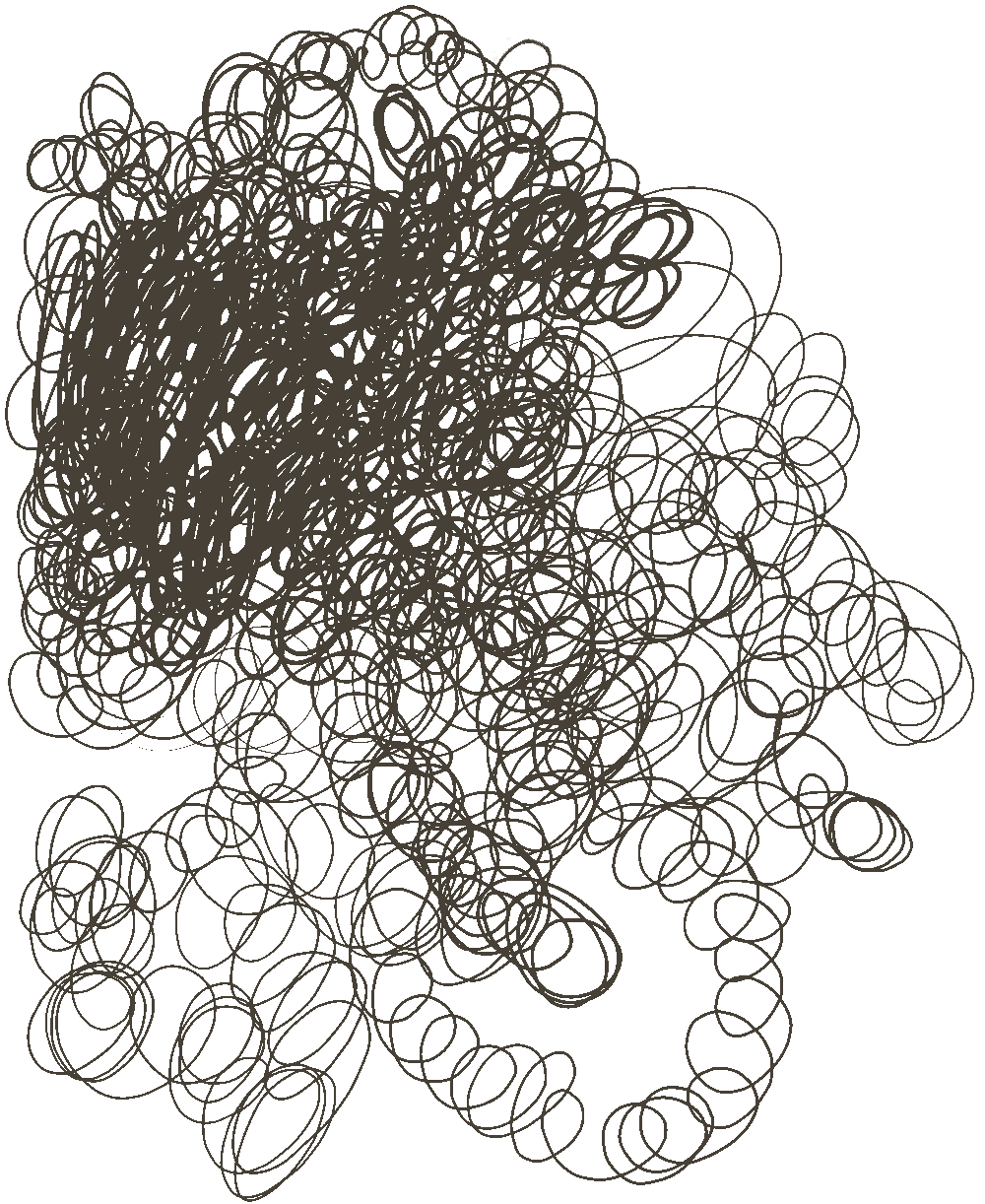The sun was setting on Beirut, casting a warm glow over the city’s coastal skyline. Suddenly, a succession of loud bangs rang out and a plume of smoke rose from the city’s southern suburbs. The images broadcast on local TV later showed a yawning chasm where six buildings had just been, rescuers navigating the rubble dwarfed by the enormity of the crater.
Israel said it targeted Hassan Nasrallah, leader of the Shia Islamist militant group Hezbollah. Nasrallah has led the armed group for more than 30 years, presiding over its rise from a guerrilla organization to the best-armed non-state force in the Middle East. His influence extends well beyond Lebanon’s borders – commanding a following from Muslim Shia groups across the region.
The enormity of the strike – which is believed to have involved 2,000-pound bombs – seemed to match the gravity of the moment. This was the doomsday scenario many in Lebanon and across the region feared – both Nasrallah’s admirers, and many of his detractors.
“Would they really do this? Would they really go after him?” one dumbfounded elderly woman, displaced by Israeli airstrikes in southern Lebanon, wondered aloud.
While it remains unclear whether Nasrallah was among the victims of the blast, its repercussions have already thrust the Middle East into the unknown.
Hezbollah has neither confirmed nor denied Nasrallah’s killing. Shortly after the massive strike, the Israeli military announced a fresh wave of strikes in southern Beirut. From a rooftop in the west of the city, CNN could see the bright red of explosions light up the night sky, spanning the breadth of the densely populated area where Hezbollah has a strong presence, and where much of its leadership is based.
These explosions are smaller than the strike that targeted Nasrallah. But they have already displaced thousands of people, sending them to shelters in other parts of Beirut. In their desperation, many have taken to sidewalks of the relatively safe western part of the capital, namely the seaside boardwalk known as the Corniche.
For hours, the sirens of ambulances, the rumble of warplanes overhead, and the loud buzz of drones have intermingled. And the cries of those civilians caught in the middle, faced with the specter of a cataclysmic war, rise barely above a whimper.














